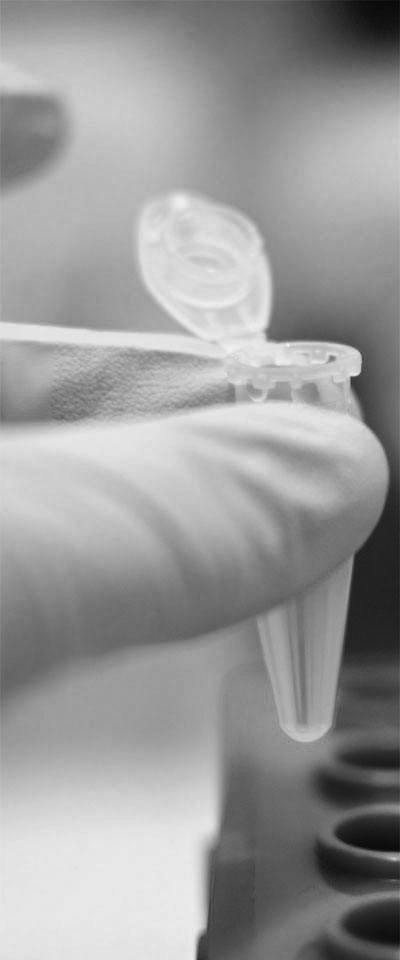
In mammalian DNA, variant bases with methyl groups or phosphosulfate may be found. In some viruses (specifically, bacteriophage), cytosine may be replaced by hydroxy methyl or hydroxy methyl glucose cytosine.

However, there are many other bases that may be present in a molecule. DNA sequencing is the determination of the physical order of these bases in a molecule of DNA. The canonical structure of DNA has four bases: thymine (T), adenine (A), cytosine (C), and guanine (G). It is extremely rare that two people have exactly the same DNA pattern, therefore DNA testing is highly successful. Every living organism ever created has a one of a kind DNA pattern, which can be determined through DNA testing. Testing DNA is a technique which can detect specific genomes in a DNA strand to produce a unique and individualized pattern. uniquely separate each living organism from another.

The DNA patterns in fingerprint, saliva, hair follicles, etc. DNA testing has evolved tremendously in the last few decades to ultimately link a DNA print to what is under investigation.

This is a form of genetic testing, though some genetic tests may not involve DNA sequencing.ĭNA sequencing may be used along with DNA profiling methods for forensic identification and paternity testing.
4PEAKS DNA SEQUENCER WIKIPEDIA FULL
Medical technicians may sequence genes (or, theoretically, full genomes) from patients to determine if there is risk of genetic diseases. Sequencing enables researchers to determine which types of microbes may be present in a microbiome, for example. Knowing which organisms are present in a particular environment is critical to research in ecology, epidemiology, microbiology, and other fields. The field of metagenomics involves identification of organisms present in a body of water, sewage, dirt, debris filtered from the air, or swab samples from organisms. Since DNA is an informative macromolecule in terms of transmission from one generation to another, DNA sequencing is used in evolutionary biology to study how different organisms are related and how they evolved. Information obtained using sequencing allows researchers to identify changes in genes, associations with diseases and phenotypes, and identify potential drug targets. Sequencing is used in molecular biology to study genomes and the proteins they encode. In fact, DNA sequencing has become a key technology in many areas of biology and other sciences such as medicine, forensics, and anthropology. DNA sequencing is also the most efficient way to indirectly sequence RNA or proteins (via their open reading frames). clusters of genes or operons), full chromosomes, or entire genomes of any organism. 7.7 In vitro virus high-throughput sequencingĭNA sequencing may be used to determine the sequence of individual genes, larger genetic regions (i.e.6.10 Single molecule real time (SMRT) sequencing.6.9 Heliscope single molecule sequencing.
4PEAKS DNA SEQUENCER WIKIPEDIA TORRENT

3.1 Discovery of DNA structure and function.


 0 kommentar(er)
0 kommentar(er)
